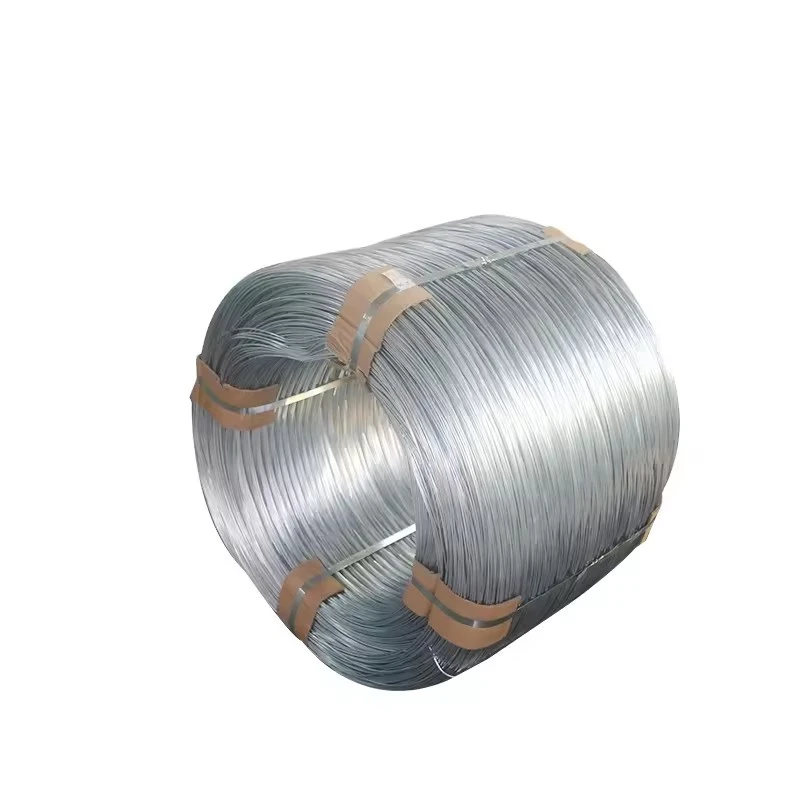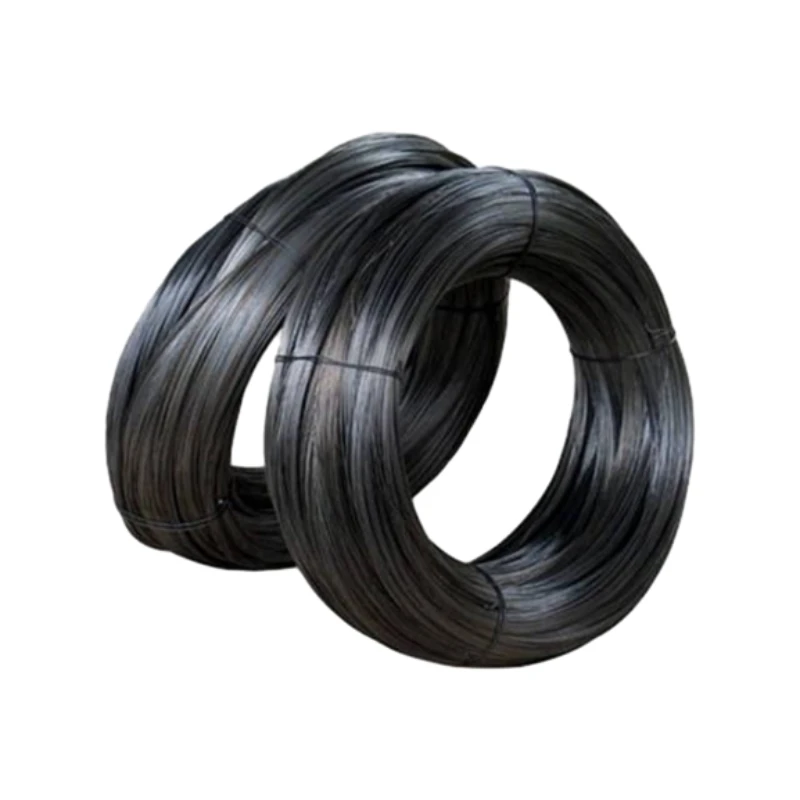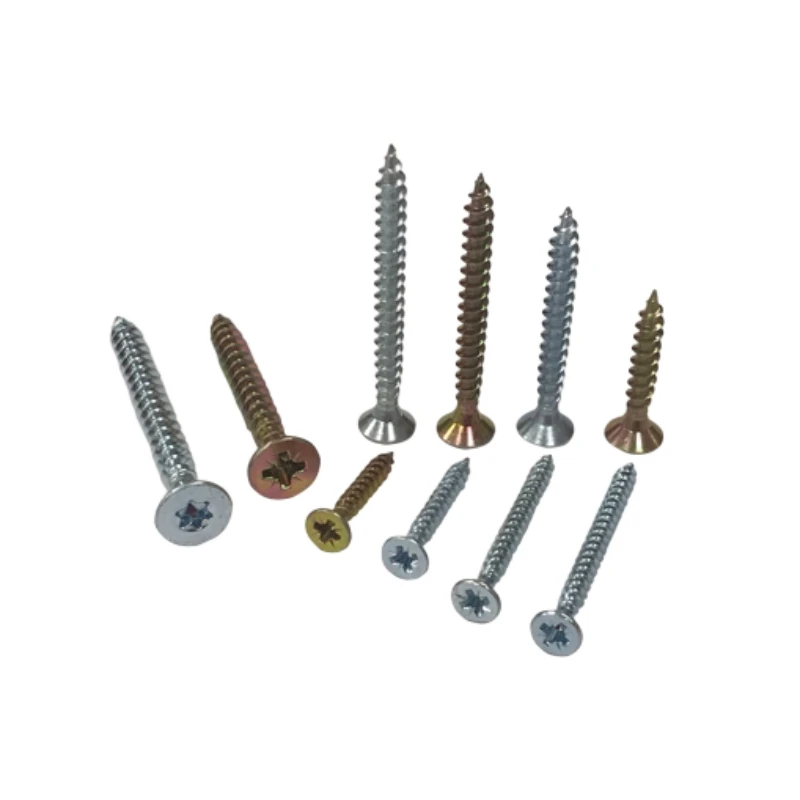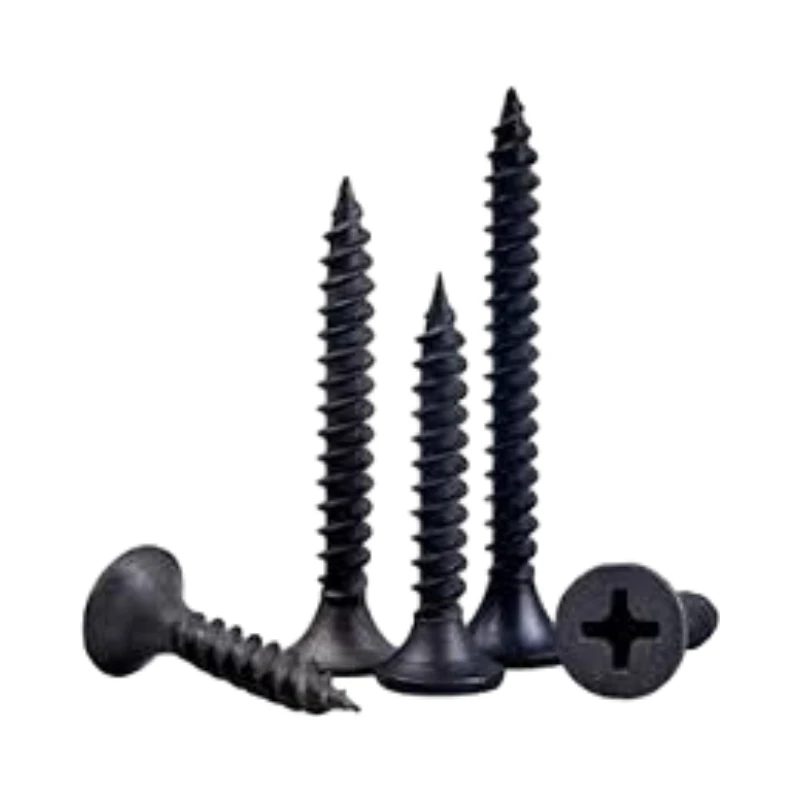
Talk With Us
+86-13601661296
Email Address
admin@sxjbradnail.comStainless Steel Industrial Staples | Durable & Reliable Fasteners
The Unseen Backbone: Understanding Advanced industrial staples
In the realm of modern manufacturing and construction, the integrity of a structure often hinges on its smallest components. Industrial staples, while seemingly minor, are critical fastening solutions that underpin the durability and reliability of countless products and installations across diverse sectors. From heavy-duty packaging to furniture manufacturing, and from automotive assembly to sophisticated construction projects, the choice of staple directly impacts performance, longevity, and safety. Our focus today is on the advanced engineering behind these essential fasteners, particularly highlighting products like our 16GA GS16 Staple, designed for optimal performance in demanding environments. Understanding the nuanced technical specifications, manufacturing precision, and application versatility is paramount for B2B decision-makers and technical personnel aiming for operational excellence and cost-efficiency.
The evolution of industrial staples has been driven by the need for greater strength, corrosion resistance, and specific functional attributes, such as those provided by narrow crown staples stainless steel. This detailed exploration delves into the manufacturing processes, material science, and performance metrics that differentiate high-quality staples, offering a comprehensive guide to their strategic selection and deployment in various industrial contexts. We will examine how stringent quality controls and material innovations contribute to the superior life cycle and robust performance of these critical fastening elements, ensuring that every staple meets the rigorous demands of its intended application.
Precision Engineering: The Manufacturing Process of Industrial Staples
The journey of an industrial staple from raw material to finished product is a testament to precision engineering and advanced manufacturing. It begins with selecting high-grade wire materials, typically galvanized steel, stainless steel (304 or 316), or specialized alloys, chosen for specific properties like tensile strength and corrosion resistance. The initial stage involves wire drawing, where the raw wire is systematically reduced in diameter to achieve the precise gauge, such as 16GA for our GS16 Staple. This process enhances the wire's inherent strength and prepares it for subsequent forming operations. Following drawing, the wire undergoes flattening, shaping it into the required rectangular or square cross-section, crucial for staple formation and consistent penetration.
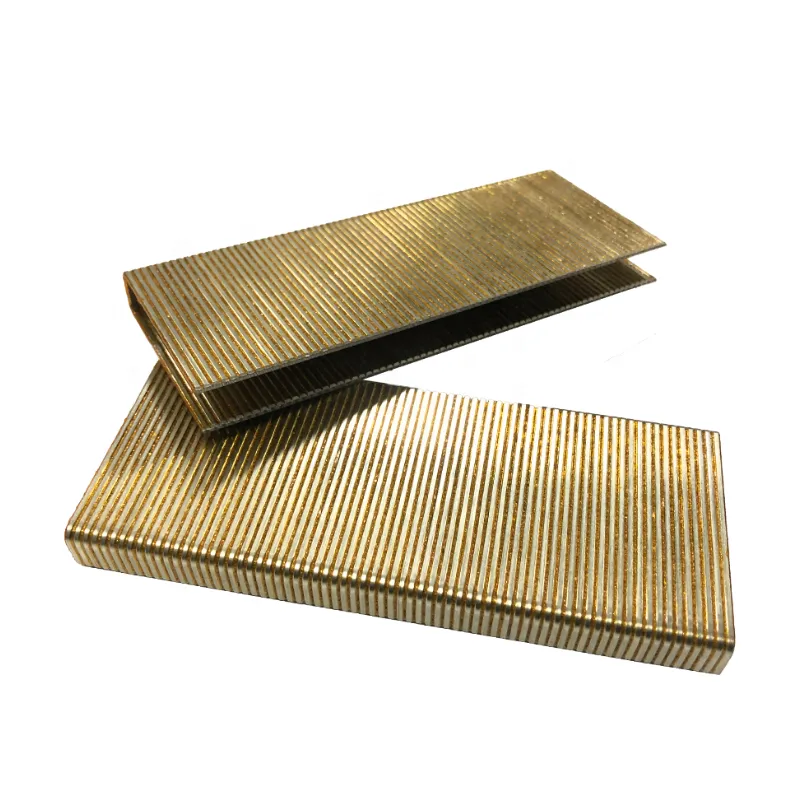
Figure 1: Automated manufacturing line for high-precision industrial staples, ensuring consistent quality and performance.
A critical phase is the coating or plating process, particularly for galvanized staples, where a layer of zinc provides robust corrosion protection, extending the staple's lifespan in harsh environments. For stainless steel pneumatic staples, passivation treatments are applied to enhance their natural corrosion resistance. The wire is then fed into sophisticated forming machines that precisely bend and cut it into individual staples with specific crown widths and leg lengths. Adhesive bonding is then applied, typically a thermosetting resin, which holds the individual staples together in a coherent strip, compatible with pneumatic staplers. Throughout the entire process, rigorous detection and testing standards, including ISO 9001 for quality management and ANSI standards for product specifications, are strictly adhered to. This multi-stage quality control ensures that each staple, whether for petrochemical, metallurgy, or water supply applications, delivers consistent performance, energy efficiency during application, and superior anti-corrosion properties, minimizing failure rates and enhancing overall operational integrity.
Technical Parameters & Superiority of 16GA GS16 Staple
The 16GA GS16 Staple represents a benchmark in fastening technology, meticulously engineered to meet demanding industrial specifications. Its "16GA" designation refers to its gauge, indicating a specific wire thickness that balances strength with ease of penetration, making it ideal for a wide array of applications. The "GS16" nomenclature typically implies a specific crown width, often a narrow crown staples stainless steel design, which provides a clean finish and strong hold with minimal visual impact on the fastened material. Key technical parameters include the staple's leg length, typically ranging from 1/2 inch to 2 inches, allowing for versatility across different material thicknesses and fastening requirements. The material composition is paramount, with options like high-tensile galvanized steel for general use and various grades of stainless steel for superior environmental resistance.
Performance metrics such as tensile strength, shear strength, and pull-out resistance are rigorously tested to ensure the GS16 Staple performs reliably under various loads and stresses. For instance, stainless steel variants offer exceptional resistance to rust, oxidation, and chemical corrosion, making them indispensable in marine, food processing, and medical industries. The precise geometry of the chisel point or divergent point is crucial for efficient penetration and minimal material splitting. The adhesive collation method ensures smooth feeding in pneumatic tools, preventing jams and maximizing operational efficiency. The table below details typical parameters for the 16GA GS16 Staple, highlighting its robust design and suitability for diverse industrial applications, reflecting the expertise and precision embedded in every single unit of industrial staples.
16GA GS16 Staple - Typical Specifications
| Parameter | Value/Range | Description/Benefit |
|---|---|---|
| Gauge | 16GA (1.6mm x 1.4mm approx.) | Optimized wire thickness for strength and penetration. |
| Crown Width | Specified Narrow Crown (e.g., 10.8mm) | Provides strong hold with minimal material displacement. |
| Leg Lengths | 1/2" to 2" (13mm to 50mm) | Versatile for various material thicknesses. |
| Materials Available | Galvanized Steel, Stainless Steel (304, 316) | Adapted for general use to high-corrosion environments. |
| Tensile Strength (SS304) | Approx. 515-690 MPa | High resistance to breaking under tension. |
| Coating Thickness (Galvanized) | Min. 12 µm (ASTM A153) | Ensures prolonged corrosion protection. |
| Adhesive Type | Thermosetting Resin | Durable collation for smooth pneumatic tool operation. |
| Point Type | Chisel or Divergent | Optimized for penetration and minimized material splitting. |
Advanced Materials: The Edge of Stainless Steel Pneumatic Staples
The selection of material is a pivotal factor determining the longevity and performance of industrial staples, especially in corrosive or high-hygiene environments. While galvanized steel staples offer excellent general-purpose corrosion resistance through a zinc coating, stainless steel pneumatic staples provide an inherently superior solution. Stainless steel, particularly grades 304 and 316, contains chromium, which forms a passive layer on the surface, offering exceptional resistance to rust, oxidation, and various chemical agents. This makes them indispensable in applications where moisture, chemicals, or extreme temperatures are prevalent, such as marine construction, food processing facilities, medical equipment manufacturing, and outdoor furniture.
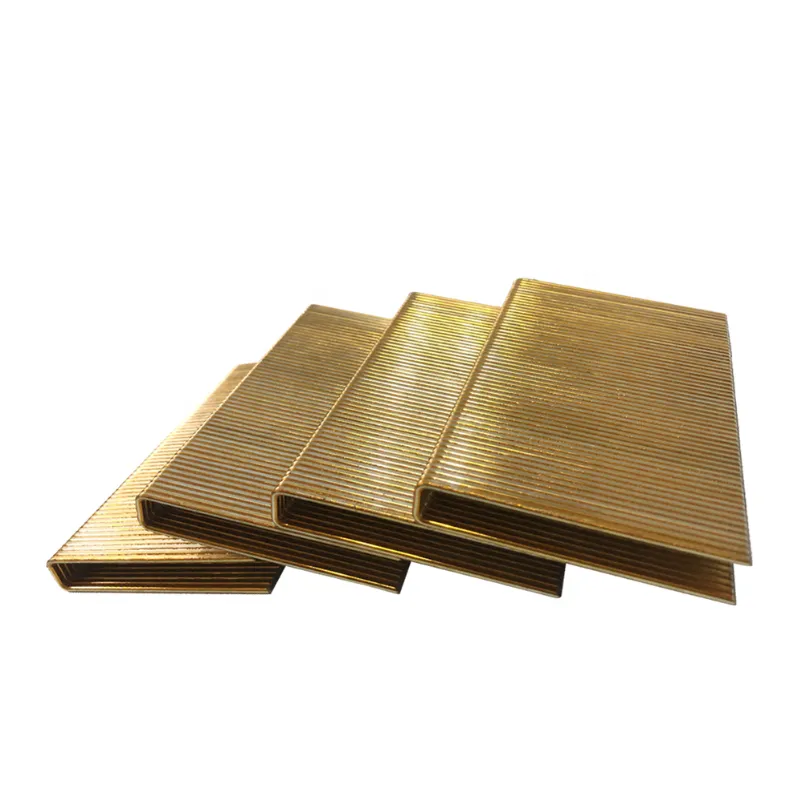
Figure 2: Stainless steel pneumatic staples exhibiting superior corrosion resistance in a challenging industrial environment.
Grade 304 stainless steel, often referred to as A2 stainless, provides a good balance of strength and corrosion resistance, suitable for most outdoor and humid conditions. For more aggressive environments, such as those exposed to saltwater or chlorides, Grade 316 stainless steel (A4 stainless) is preferred due to its added molybdenum content, which significantly enhances its resistance to pitting and crevice corrosion. These material choices not only ensure extended service life for the fasteners but also contribute to the overall integrity and safety of the fastened structures, reducing maintenance costs and ensuring compliance with stringent industry standards. The use of narrow crown staples stainless steel variants further minimizes material intrusion while maximizing holding power, a critical advantage in aesthetic and structural applications.
Diverse Applications & Industry Impact
The versatility of industrial staples extends across an impressive spectrum of industries, each benefiting from their efficiency, strength, and material-specific advantages. In the construction sector, they are fundamental for roofing felt, house wrap, subflooring, and insulation, offering rapid installation and reliable hold. The furniture industry relies heavily on staples for upholstery, frame assembly, and decorative trim, where the precision of narrow crown staples stainless steel provides a clean finish without splitting delicate wood. The packaging sector utilizes heavy-duty staples for sealing corrugated boxes, crates, and pallets, ensuring secure transit of goods, even over long distances and under varied environmental conditions.
Beyond these core areas, industrial staples find critical applications in specialized fields. In the automotive industry, they are used for fastening interior components, soundproofing materials, and seat upholstery, requiring high standards of durability and vibration resistance. The petrochemical and metallurgy industries utilize corrosion-resistant staples, such as stainless steel pneumatic staples, for securing insulation and protective wraps on pipelines and equipment, preventing heat loss and protecting against harsh chemical exposures. Even in textile and leather industries, specific staples are employed for pattern making and securing fabrics. This broad applicability underscores the critical role these fasteners play in optimizing production processes, enhancing product integrity, and contributing to the overall efficiency and safety of operations across the global industrial landscape.
Comparative Analysis: Choosing the Right Industrial Staple
Selecting the optimal industrial staple for a specific application requires a nuanced understanding of material properties, cost implications, and performance expectations. While our 16GA GS16 Staple excels in versatility and durability, a comparative analysis helps illuminate its advantages against other common staple types. The primary distinctions often lie in gauge, material composition, and coating. For instance, a standard galvanized staple offers a cost-effective solution for indoor, low-corrosion environments. However, when faced with high humidity, outdoor exposure, or chemical agents, the investment in stainless steel pneumatic staples or other specialized materials becomes essential for long-term reliability and reduced maintenance cycles. The table below provides a comparative overview.
Industrial Staple Comparison Table
| Feature | 16GA GS16 Staple (SS304) | Standard Galvanized Staple (16GA) | Heavy Duty Steel Staple (e.g., 14GA) |
|---|---|---|---|
| Material | Stainless Steel 304 | Electro-Galvanized Steel | High-Carbon Steel |
| Corrosion Resistance | Excellent (inherent) | Good (coating dependent) | Low (prone to rust) |
| Typical Lifespan | Very Long (decades in ideal conditions) | Moderate (years, depending on exposure) | Short (months to a few years) |
| Application Suitability | Outdoor, Marine, Food, Medical, Chemical | Indoor, General Construction, Furniture | Heavy Packaging, Pallet Repair (indoor) |
| Cost Effectiveness | Higher initial, lower long-term due to longevity | Lowest initial cost | Moderate initial cost |
This comparison underscores that while initial cost may vary, the total cost of ownership, factoring in replacement rates, maintenance, and potential damage from fastener failure, often favors higher-quality staples like the 16GA GS16 in stainless steel. For critical applications, the superior performance and extended lifespan of specialized industrial staples translate directly into operational savings and enhanced product reliability, a key consideration for strategic B2B procurement decisions.
Customization & Partnership Opportunities
Recognizing that standard solutions may not always suffice for unique industrial challenges, we offer comprehensive customization services for industrial staples. Our engineering team collaborates closely with clients to develop tailored fastening solutions that meet highly specific requirements for material, dimensions, coating, and performance characteristics. Whether it's a bespoke leg length for a specialized product assembly, a unique crown width for an aesthetic application like narrow crown staples stainless steel, or a particular anti-corrosion treatment for extreme environmental conditions, our capabilities ensure precise alignment with your operational needs. This commitment to customization is backed by advanced manufacturing technology and rigorous quality control processes, ensuring that even bespoke orders uphold the highest standards of quality and reliability.
Our approach extends beyond mere product supply; we aim to establish long-term partnerships, providing ongoing technical support, consulting, and responsive service. With over 15 years of dedicated service in the fastening industry, we have cultivated an unparalleled depth of experience and authority. Our collaborations with leading industrial enterprises worldwide underscore our proven track record in delivering consistent value and innovative solutions. We invite B2B clients to leverage our expertise for their unique fastening challenges, transforming complex requirements into precise, high-performance staple solutions that drive efficiency and enhance product integrity, whether it's for stainless steel pneumatic staples or other specialized fastening needs.
Ensuring Reliability: Quality Assurance, Warranty & Support
Trustworthiness in the B2B sector is built on consistent quality, transparent processes, and robust support systems. Our commitment to delivering superior industrial staples, including the 16GA GS16 Staple, is underpinned by strict adherence to international quality management standards, notably ISO 9001. Every batch undergoes comprehensive testing for dimensional accuracy, material integrity, tensile strength, and corrosion resistance to ensure peak performance and adherence to published specifications. Our quality assurance protocols include visual inspections, precise gauge measurements, and pull-out strength tests, minimizing the risk of fastener failure and ensuring operational efficiency for our clients. This meticulous process ensures that our narrow crown staples stainless steel and other products consistently meet or exceed industry benchmarks.
We understand the critical importance of timely delivery in industrial operations. Our streamlined logistics and robust supply chain management enable us to offer competitive delivery cycles, often ranging from 7 to 21 business days depending on order volume and customization requirements. Each product comes with a comprehensive quality warranty, guaranteeing material and manufacturing defect-free performance for a specified period, typically 1-5 years depending on the product type and application environment. Our dedicated customer support team is available to address technical inquiries, provide application guidance, and resolve any issues promptly, fostering enduring client relationships built on mutual trust and reliability. For common queries regarding industrial staples, please refer to our FAQ section below, which addresses popular concerns about compatibility, installation, and material selection.
Frequently Asked Questions (FAQ)
-
Q: What is the primary advantage of 16GA GS16 Staple stainless steel variants?
A: Stainless steel variants, especially 304 and 316, offer superior corrosion resistance and longevity, making them ideal for outdoor, humid, or chemically exposed environments where galvanized staples would degrade. -
Q: Are your staples compatible with standard pneumatic staplers?
A: Yes, our industrial staples, including the 16GA GS16, are designed to industry standards and are compatible with most major brands of pneumatic staplers appropriate for their gauge and crown type. Specific tool compatibility details can be provided upon request. -
Q: What is the typical lead time for large orders or customized staples?
A: Standard orders typically have a lead time of 7-14 business days. For large volume or highly customized industrial staples, lead times can range from 14-21 business days, depending on complexity and material availability. We prioritize efficient production and communication. -
Q: Do you provide certifications or test reports for your staples?
A: Absolutely. All our industrial staples come with certifications such as ISO 9001. We can also provide detailed test reports for material composition, tensile strength, and corrosion resistance upon request, ensuring complete transparency and compliance.
Real-World Application Spotlight: Success Stories
Our commitment to providing high-performance industrial staples is best illustrated through the success of our clients' projects. One notable case involved a major furniture manufacturer who struggled with fastener corrosion and pull-out issues in their outdoor furniture line, leading to frequent warranty claims. By transitioning to our 16GA GS16 narrow crown staples stainless steel (316 grade), they experienced a dramatic reduction in corrosion-related failures and enhanced structural integrity. The precise crown and leg design ensured minimal material damage and a robust, lasting hold, significantly improving product quality and customer satisfaction, and reducing their warranty repair costs by over 30% annually.
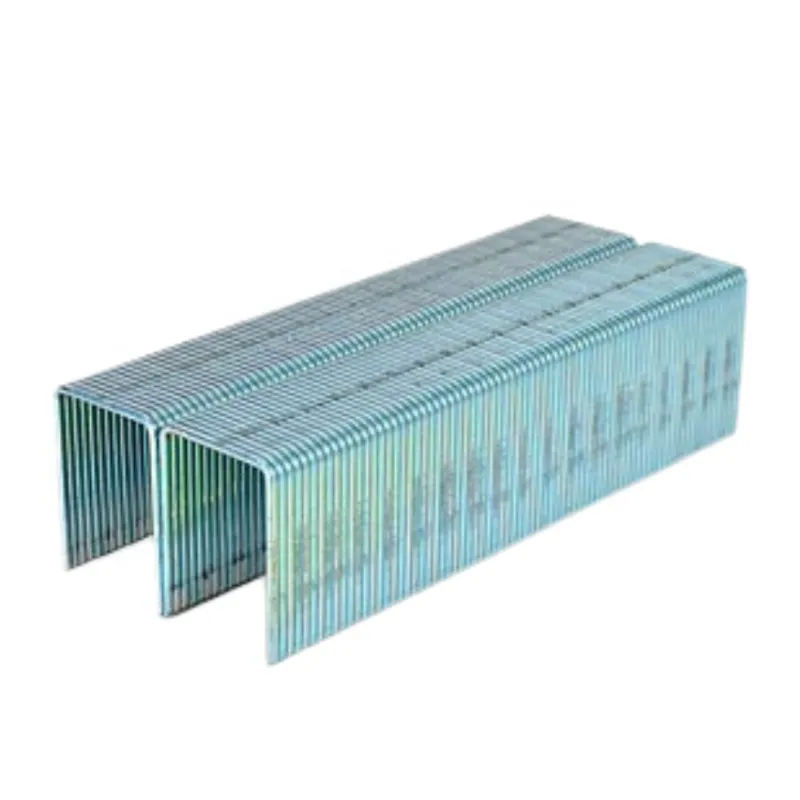
Figure 3: Precision fastening in a demanding manufacturing environment, showcasing the effectiveness of high-quality industrial staples.
Another impactful case involved a leading manufacturer of pre-fabricated housing modules. Their previous fasteners struggled with the extreme temperature fluctuations and moisture exposure during transit and on-site assembly. Switching to our specialized 16GA stainless steel pneumatic staples provided the necessary resilience against environmental degradation. This not only extended the structural lifespan of their modules but also streamlined their assembly process, as the consistent quality of our staples reduced tool jams and rework. These real-world applications underscore our capability to deliver reliable, high-performance fastening solutions that directly contribute to our clients' operational efficiency and product excellence, reinforcing our authoritative position in the market for advanced industrial staples.
Conclusion & Future Outlook
The seemingly humble industrial staple is, in fact, a product of sophisticated material science and precision engineering. From the rigorous manufacturing processes that ensure uniform gauge and superior strength to the strategic selection of materials like stainless steel for enhanced corrosion resistance, every aspect contributes to its critical role in various industrial applications. Our 16GA GS16 Staple embodies these advancements, offering B2B clients a reliable, high-performance fastening solution that contributes significantly to product longevity, operational efficiency, and overall project success. As industries continue to evolve, demanding greater durability, sustainability, and efficiency, the innovation in fastening technology will remain paramount. We are committed to leading this charge, developing cutting-edge industrial staples that not only meet but anticipate the future needs of the global manufacturing and construction sectors.
References
- ASTM International. (2023). Standard Specification for General Requirements for Stainless Steel Wire and Wire Rods. ASTM A555/A555M.
- ISO. (2015). Quality management systems — Requirements. ISO 9001:2015.
- Davis, J. R. (2000). Corrosion of Stainless Steels. ASM International.
- Smith, P. J. (2018). Fasteners Handbook: Materials, Design, and Manufacturing. Springer.
-
20 Gauge 3/16 Crown Staples: Premium Fasteners for UpholsteryNewsAug.27,2025
-
90 Series Staples: Premium 18ga Narrow Crown FastenersNewsAug.26,2025
-
Precision 90 Series Staples - 18GA Narrow Crown, 10-38mmNewsAug.21,2025
-
Secure & Strong Fine Thread Drywall Screws for DrywallNewsAug.19,2025
-
21 Gauge 1/2 Inch Crown 84 Series Fine Wire Staple-Baoding Yongweichangsheng Metal Produce Co., Ltd.|Precision Engineering&Corrosion ResistanceNewsAug.18,2025
-
21 Gauge 1/2 Inch Crown 84 Series Fine Wire Staple - Baoding Yongweichangsheng Metal Produce Co., Ltd.NewsAug.18,2025

